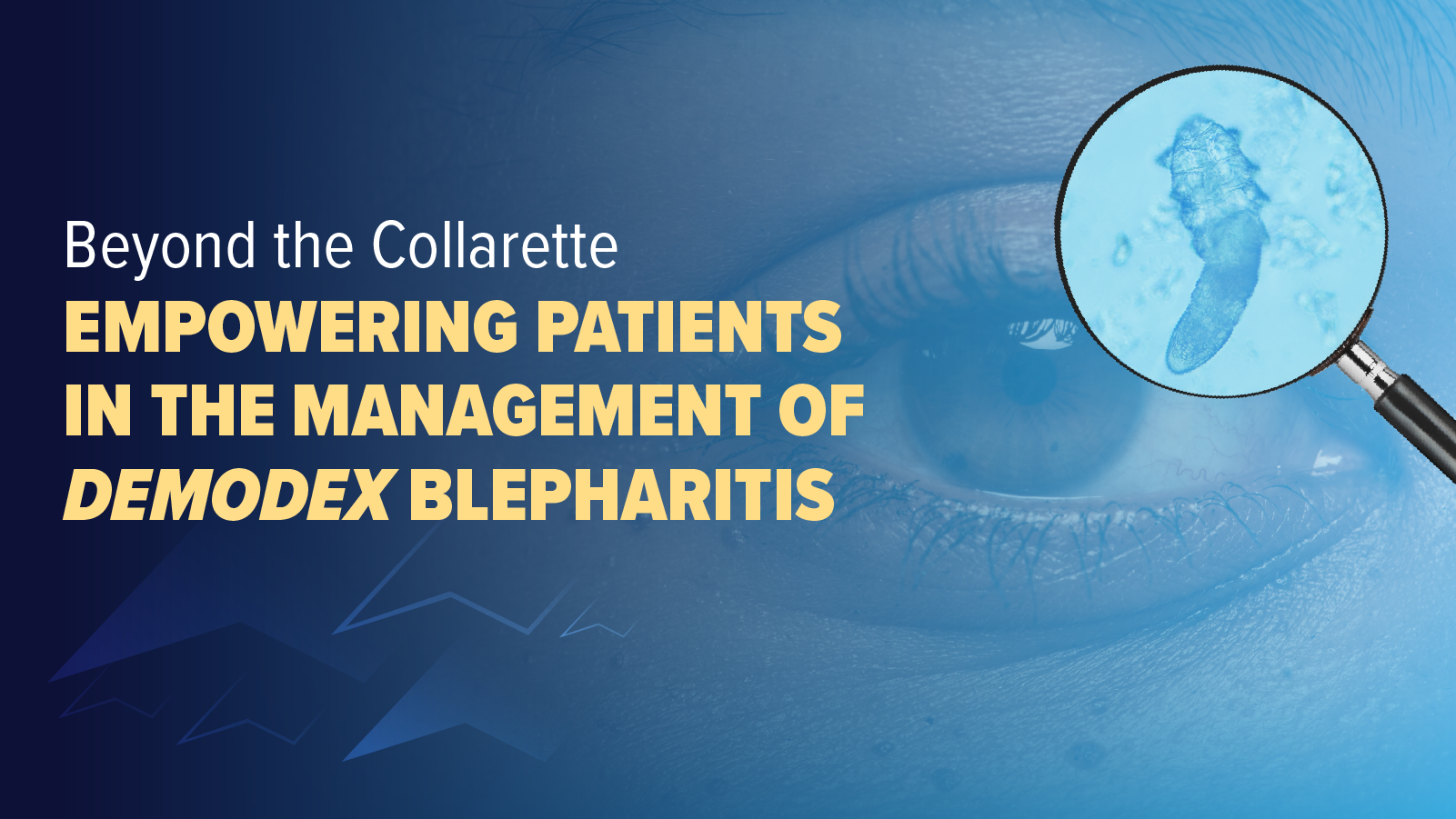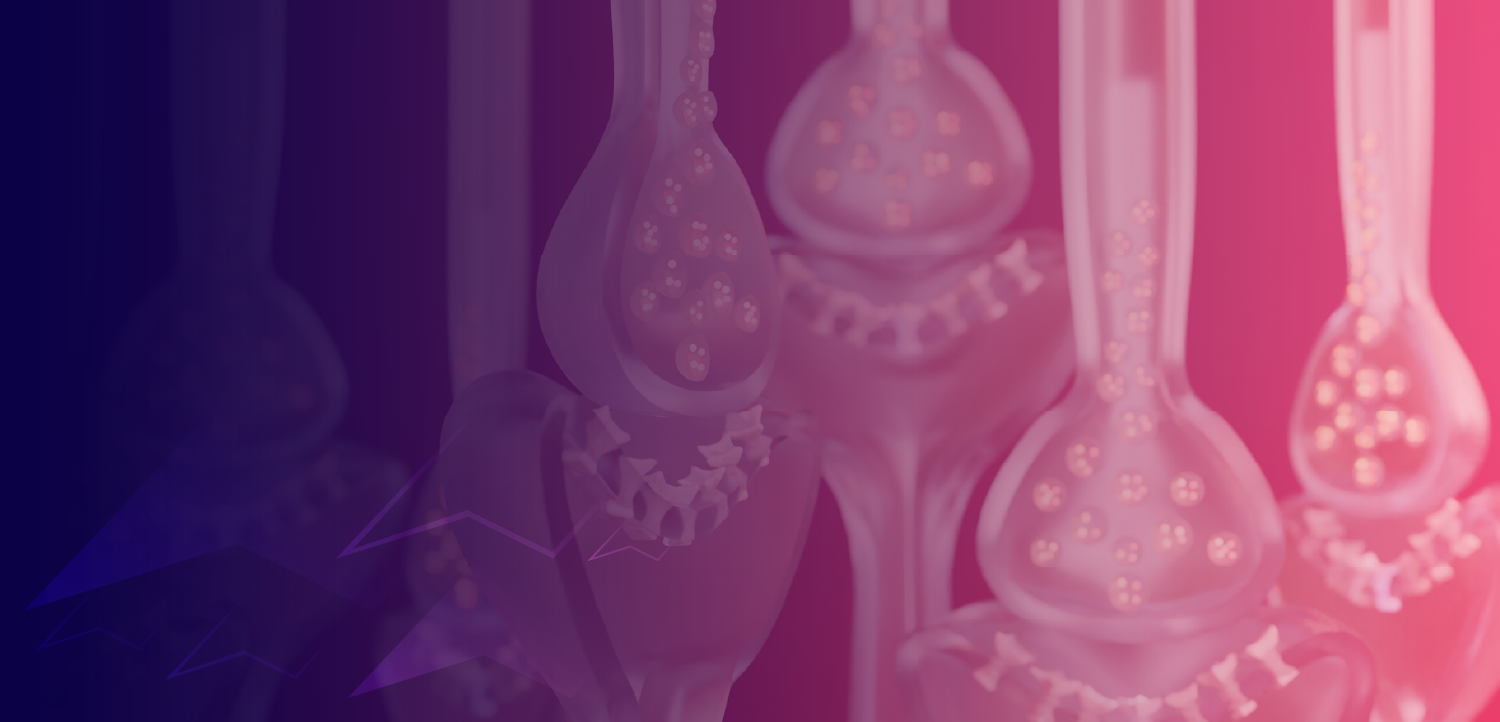
ABSTRACT: Our knowledge of chronic diseases has advanced significantly in recent decades, but patient outcomes have not kept pace. This is largely because the traditional acute care model does not adequately address the needs of patients with chronic disease. Patients play an active role in the management of chronic disease, and successful outcomes are highly dependent on adherence to treatment. Thus, clinicians need to have skills in coaching and encouraging as well as an awareness of factors in patients' backgrounds that are likely to affect their ability or willingness to follow treatment plans. Provider- and system-related factors, such as lack of reimbursement for counseling and high copayments, can also act as barriers to compliance. Among the strategies that can improve adherence are the use of community resources, multidisciplinary approaches, and regular follow-up.














































































































































































































































































